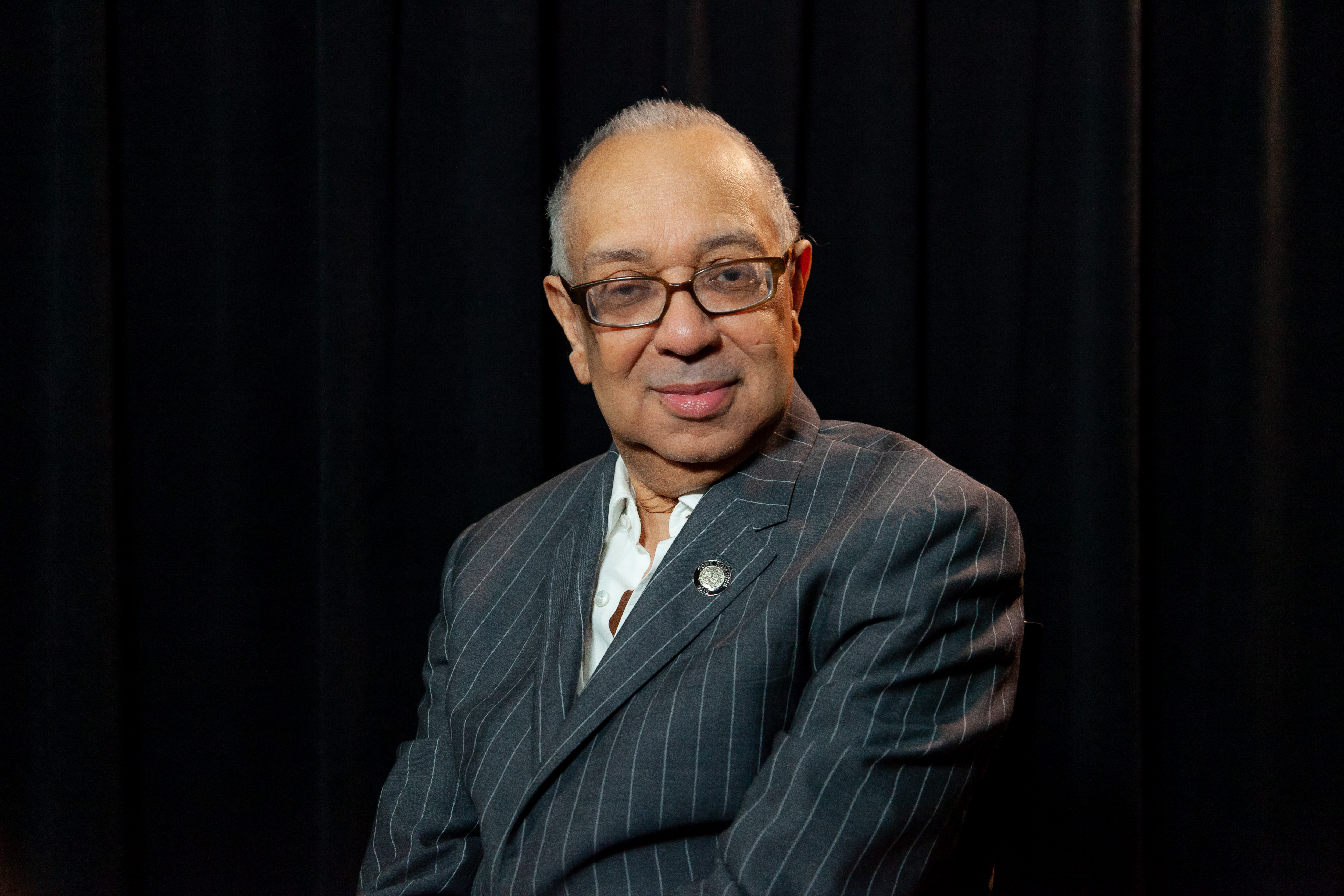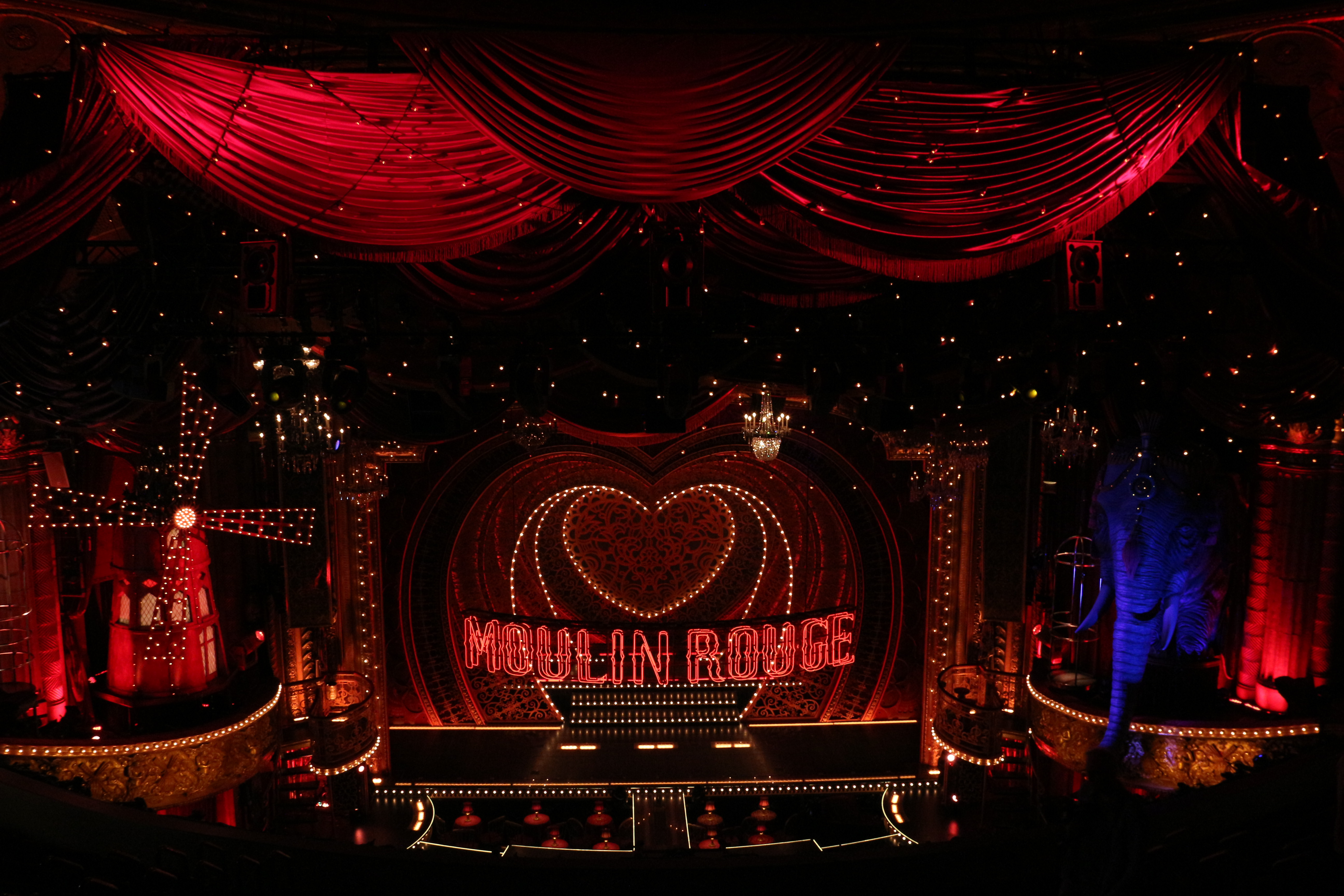The Way of the World

The Pearl Theatre is presently swamped with love, lust, jealousy, betrayal, and fashion in their revival of William Congreve’s The Way of the World. With a plot that might as well have serves as divine inspiration for countless Aaron Spelling television shows, this production has some very basic troubles, beginning with the fact that they play almost refuses to come to life, and this may be the result of rather conventional staging and frequently cartoonish performances. The result is three hours of less than exciting “playacting,” not Restoration-era hooliganism.
The story begins with Fainall (Jay Russell) and Mirabell (Dan Daily) discussing the social state of their lives. Fainall is married but in love with another, Mrs. Marwood (Robin Leslie Brown) while Mirabell is in love with Mrs. Millamant (Joanne Camp), who is the niece of his enemy, Lady Wishfort (Carol Schultz), who is the mother of Mrs. Fainall (Katherine Leask). Confused yet?
Okay, now add in two pestering fops, Witwoud (Dominic Cuskern) and Petulant (Christopher Moore), plus Witwoud’s half-brother, Sir Wilfull Witwoud (John Wylie), plus a host of bumbling servants who, perhaps not so coincidentally have the ability to understand matters better than any of the lords and ladies. It all adds up to a costume romp more reminiscent of It’s A Mad, Mad, Mad World than Shakespeare In Love.
As is the temptation with much Restoration comedy, many of the performances fall somewhere between ludicrous and caricature–without really committing to either–with but a few notable exceptions. Schultz is bawdy fun as the loony Lady Wishfort, commanding the stage with her diva-like portrayal of a woman hungry for social admiration. Her Wishfort is a woman of power, the Joan Collins bitch of her day. It is a hilarious performance, one bubbling over with great energy and excitement.
On a similar note, Camp, a longtime Pearl player, makes a truly charming lady out of Mrs. Millamant’s trophy-like character. She brings a real innocence and romantic yearning to the role, making it impossible for anyone, on stage or off, to resist her irresistible smile. Cuskern also delights as the pompous Witwoud and Brown is perfect as the conniving Mrs. Marwood.
As for the sets, Beowulf Boritt keeps it nice and simple while Barbara A. Bell does a truly exquisite job with the costumes. The show looks fantastic but they hardly distract enough from the outdated witticisms to bring the audience along; instead, one is left in the dust by this show, unless, of course, one is a scholar of the Restoration period.
In fact, next to the likes of Shakespeare, Congreve’s work looks downright cheesy. One can just imagine the equivalent of a studio head pressuring poor young Congreve into writing a crowd-pleasing feast of wit and romance so the theater owner can pull in the maximum audience and therefore make a buck. Sounds familiar, but hopefully in 300 years the entertainment industry will not be regarding Aaron Spelling with such esteem. Then again, one never knows.












